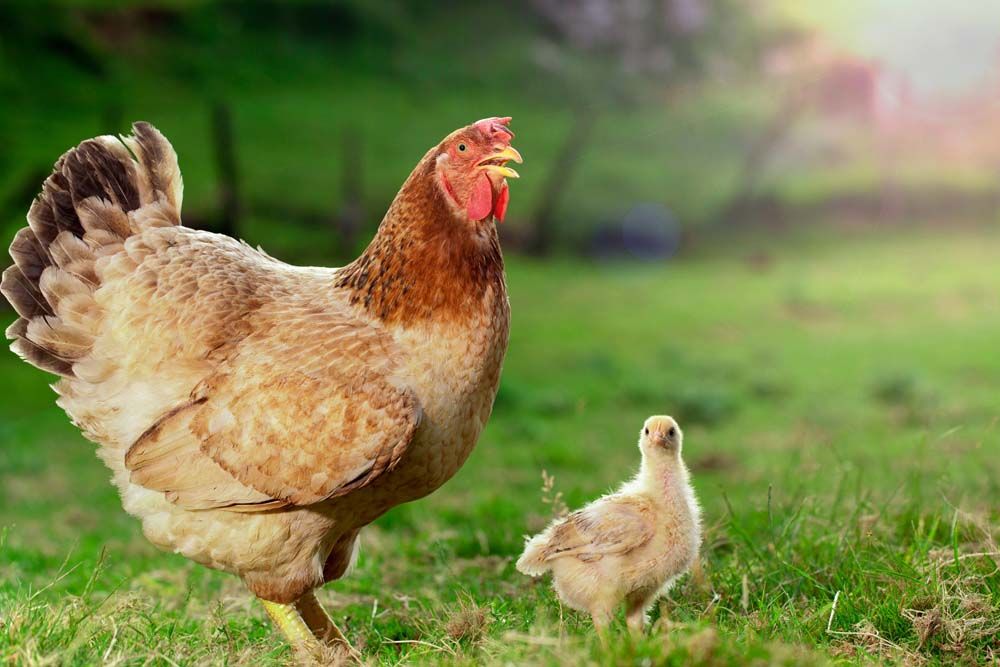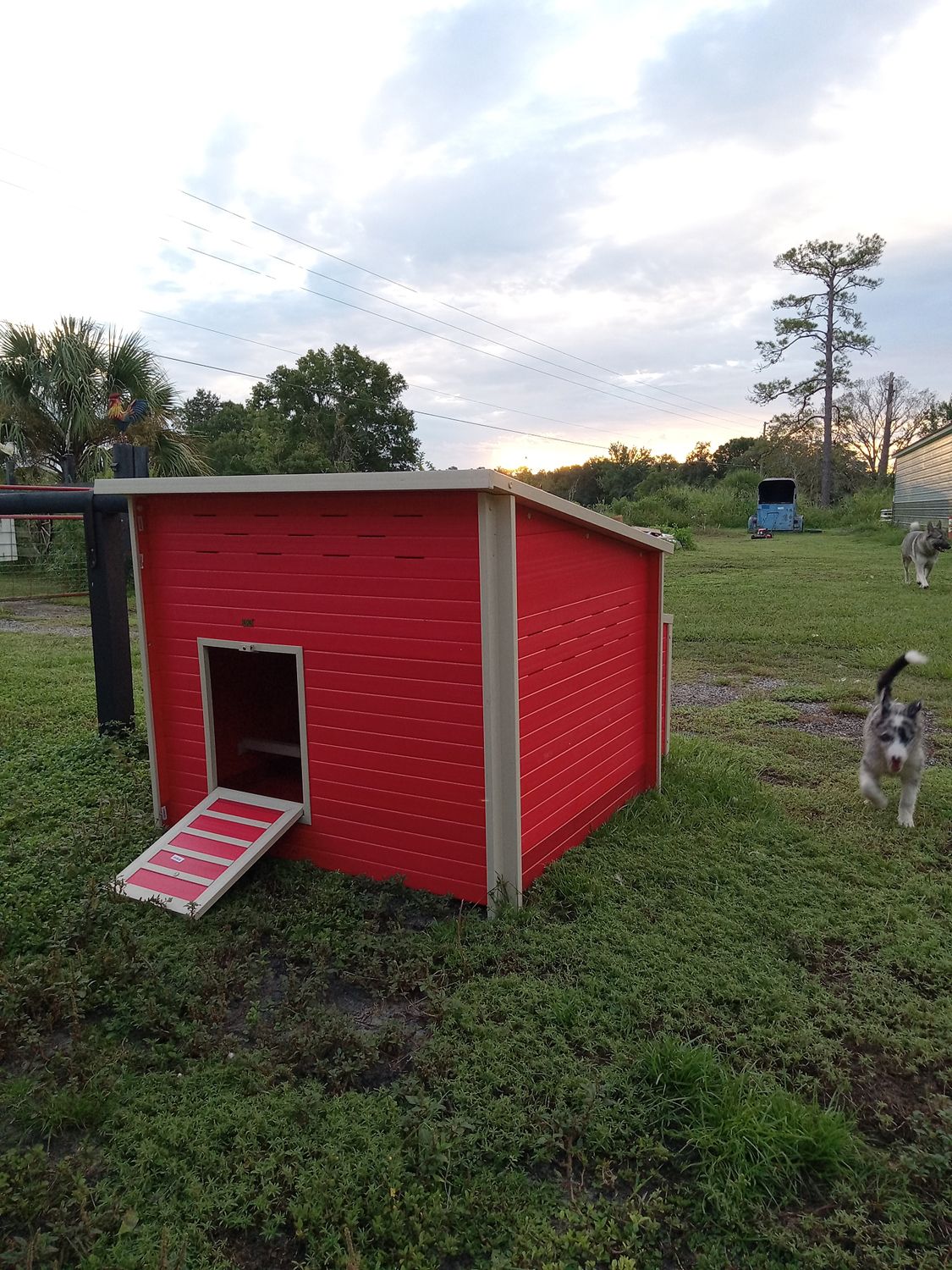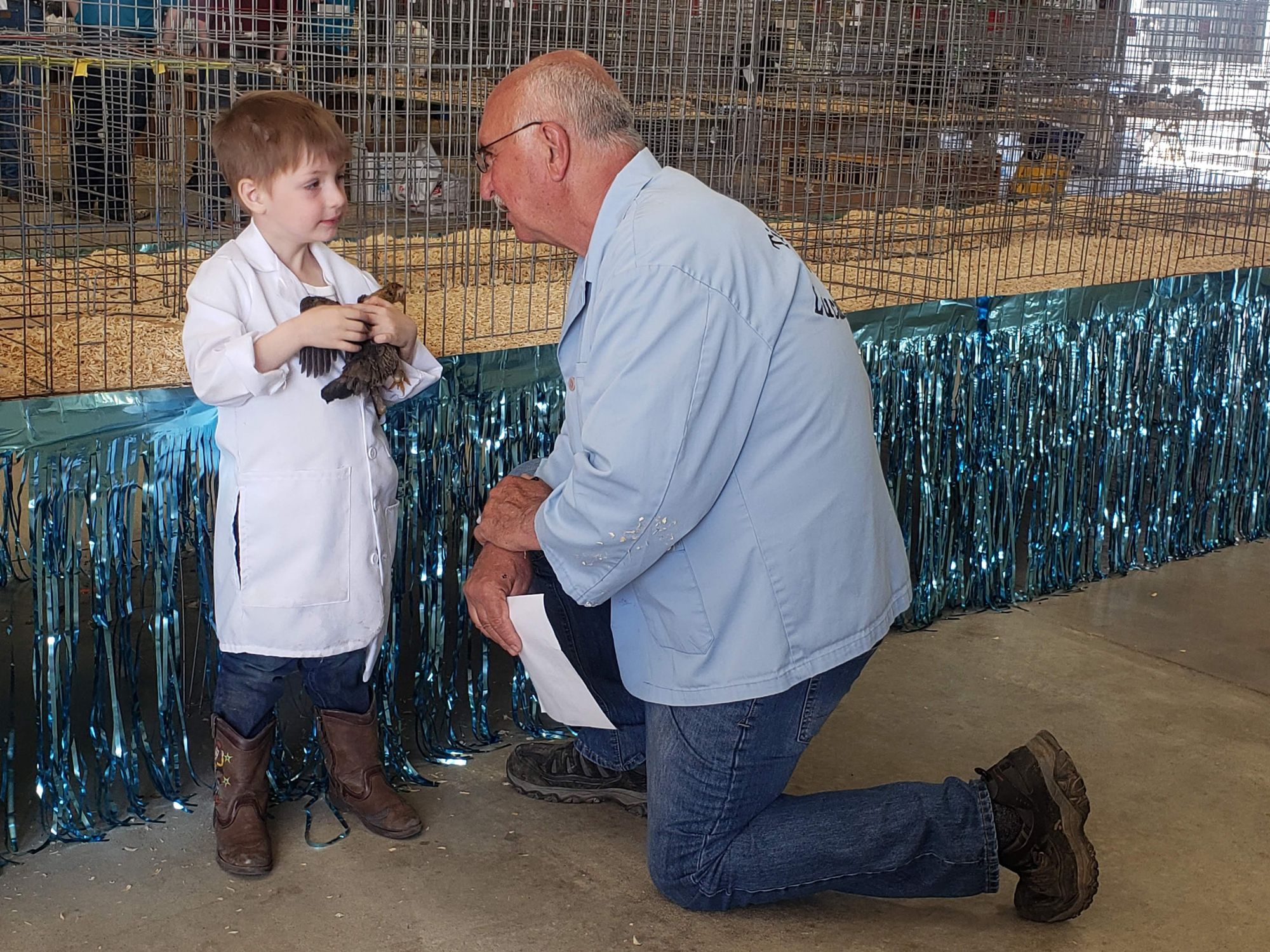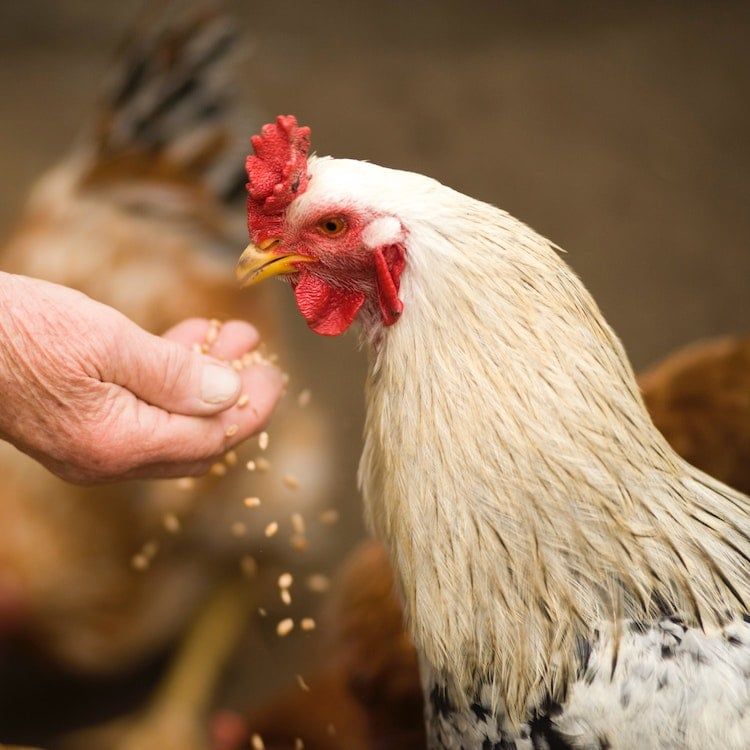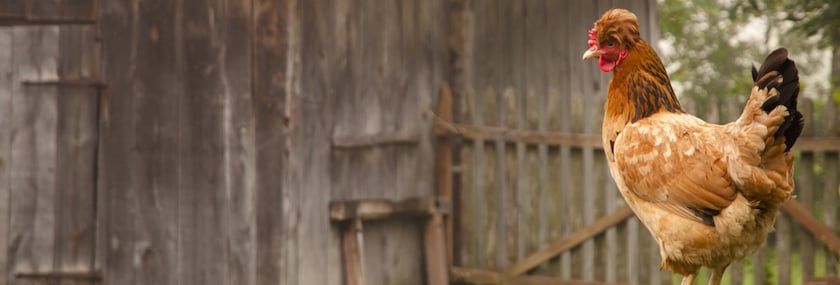Virulent Newcastle Disease in California And Beyond…


The virulent strain of Newcastle Disease (vND) that has been circulating in backyard birds, fighting birds, and some commercial flocks for over a year is a highly infectious viral disease. It affects many kinds of birds including both domestic poultry and avian wildlife like sparrows, pigeons, doves, crows, owls, cormorants, gulls and pigeons and waterfowl.
As previously reported, vND formerly known as Exotic Newcastle Disease (END) is a serious and highly infectious contagious viral disease. The disease is considered a Foreign Animal Disease (FAD), in contrast to an infectious endemic disease which are diseases that are commonly found in a certain region.
If we are unsuccessful in eradication, this runs the risk of having the virus establish itself here and become endemic—that is, regularly found here. The consequences of that scenario would be significant both economically and with respect to poultry mortality (i.e. death).
Read on to gain some perspective and background information and how best to protect your flock.
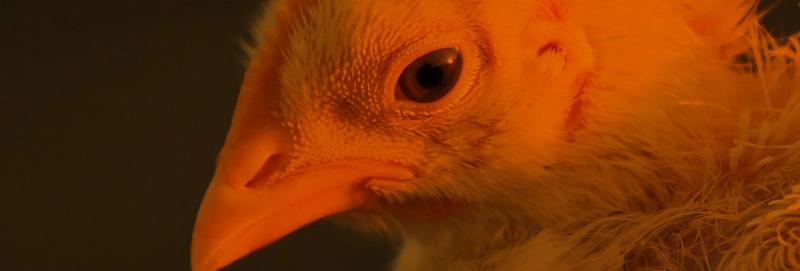
Where is vND from?
Viruses are often named after the location where they were first discovered (ex. Ebola River in West Africa). Thus, Newcastle virus was named for the town in which it was first diagnosed, Newcastle-upon Tyne, England in 1927. This was the same year that Charles Lindbergh flew solo across the Atlantic Ocean. Within 10 years of this event it had spread to most of the world.
The spread of infectious diseases then was not aided by the level of travel and trade we have today. Most likely, the smuggling of birds from vND-positive countries into the U.S. has contributed to the spread of vND in modern times.
Also—because wild birds can carry the virus without becoming ill—outbreaks can occur in domestic poultry after exposure to wildlife like cormorants, gulls, and pigeons.
Three times unlucky
The current outbreak is the third ND outbreak (1971, 2002, and the current outbreak) in in California over the last 50 years. As a matter of perspective, there have not been any vND outbreaks in the rest of North America during that same time period.
California’s 2002 outbreak subsequently spread to Arizona, Nevada, and Texas. The current outbreak has spread to Northern California, Utah, and Arizona.
Movement of affected birds out of Southern California has been the primary contributor to the spread of vND outside of this region.
More than one million commercial birds and over 20,000 non-commercial birds have been euthanized. Because the outbreak is occurring in urban and near-urban areas of Southern California, the only way to identify potentially affected backyard flocks is to go door to door.
At this point, over 140,000 homes have been visited in order to identify and test potentially affected birds. Unfortunately, this is one of the best and only ways to eliminate the virus—identifying susceptible flocks in risky areas and testing them for vND.
The overall economic impact of the 2002 outbreak was greater than $150 million. The expectation is that the current outbreak will be higher.
How is vND transmitted?
vND is primarily spread through direct contact between the fecal and oral discharges of infected birds and healthy birds—think droppings and secretions from the nose, mouth, and eyes.
We humans most often facilitate this through our movements. Consequently, the virus can be associated with contaminated feed, water, footwear, clothing, tools, equipment and the environment. Exposure of susceptible birds to any of these sources of virus can result in transmission via inhalation or ingestion.
With respect to hatching eggs, we know that eggs laid by infected hens may also contain the virus. Typically, if hens are affected, egg production is severely decreased. If any hatching eggs are laid, the hatchability is also severely reduced.
Today’s outbreaks spread from backyard birds to commercial poultry in southern California resulted and has caused the depopulation of millions of birds and economic impact in the hundreds of millions of dollars.
Because of backyard poultry’s popularity, and because of how easy web-based tools have made poultry trading, the risk of a broader outbreak needs to be appreciated.
Can I get vND?
Humans who come into close contact with the virus may develop mild-to-moderate conjunctivitis, an eye infection. Human-to-human spread has not been documented.
Control and prevention
Prevention via biosecurity and vaccination are considered essential for global food security and subsidence food production. Like many avian diseases, there is no cure.
Because the virus can easily spread easily from contaminated birds to your birds, make sure your flock is protected from birds with unknown disease status.
If you purchase poultry domestically or internationally, poultry should be bought only from suppliers who can certify that the birds have been imported legally or bred in the U.S., and are healthy.
In short, use common sense and good biosecurity!
In addition to focusing on biosecurity and management, vaccination should be considered for backyard flocks, especially flocks that are near the current outbreak in Southern California.
Remember, vaccines are not a “Band-Aid” for poor management
The LaSota and B1 vaccines are often available from feed stores. Make sure they are licensed in the U.S. In addition, follow the instructions and/or consult a veterinarian.
The best way to deliver the vaccine is via the “eye drop” method. Be aware that the vaccines can produce some mild clinical signs, including a drop in egg production and some mild respiratory signs. Also, vaccinations against vND often need to be given at least twice a year to remain efficacious.
In addition to biosecurity, ND vaccines can be effective in controlling clinical disease. However, the vaccine does not prevent the virus from replicating, shedding, and spreading.
Multiple doses need to be given. Therefore, if you get a chicken that was vaccinated in the hatchery, you should not assume your bird is protected for life against all Newcastle Disease viruses. For these reasons, when vaccinating your flock, it is essential to work with a veterinarian who is knowledgeable about poultry disease control and vaccination protocols.
Because vND is endemic in many other parts of the world, birds should only be purchased legally and should never be imported from a country without proper paperwork and quarantine controls—live poultry cannot be imported from Mexico to the U.S. because Mexico is considered endemic for vND.
What about clinical signs and treatments?
No specific clinical sign is 100% diagnostic of a specific avian disease—just because one of your chickens sniffles or has a swollen head, don’t assume she has vND! However, if you have a non-predator high mortality event coupled with a significant decrease in egg production, vND should be in the back of your mind.
In such an event, contact your state department of food and agriculture and/or the USDA. (See the article “Apocalypse Fowl” on page 18.) They have specially trained veterinarians who can help diagnose “Foreign Animal Diseases,” including vND.
Because of the severity of the disease and the potential for further transmission of the virus, don’t transfer suspected birds. The specially-trained veterinarians will travel to your flock to collect appropriate samples such as tracheal and cloacal swabs which are brought to a laboratory for virus isolation.
There is no treatment for vND—and, no, apple cider vinegar will not cure your flock or help prevent your flock from getting vND
So if your flock is determined to have the disease, the entire flock will be “depopulated” because the virus spreads very quickly.
It is important as poultry owners that we recognize this risk and understand why depopulation is an essential control step to protect other people’s poultry.
Right and wrong practices
We are very fortunate in that in North America vND is not endemic like it is in parts of Latin America, Asia and Africa.
In order to quickly eliminate the current outbreak in California, we need to practice good biosecurity with a focus on eliminating risky trading practices and other lapses in biosecurity: Don’t share equipment and/or expose our birds to potential disease by wearing the same clothes with our flock as when we are at the feed store, for example.
Adopting these simple practices is the best way to protect our flocks and our neighbor’s flocks.
Even if you don’t live near the affected areas, proceed with caution when you purchase birds. Specifically—if at all possible—only purchase birds from the (National Poultry Improvement Plan) NPIP-approved hatcheries or from feedstores that only purchase NPIP tested chicks. The NPIP is a federal/state-industry program that helps ensure birds are disease-free.
Additional precautions
Due to our lifestyle which often requires travel to multiple locations on a daily basis, humans move diseases from the outside world to your flock. Your family members and your neighbors are often the most likely source of infectious disease transmission to your flock.
There are many simple solutions to protect your flock:
First and foremost, control movement of guests to your birds
A good rule of thumb is not to allow any human to have contact with your flock for at least 48 hours after interacting with another flock of birds
Have a separate set of clothing and shoes to prevent infectious disease transmission from the outside. For example, don’t go to the feedstore and use the same clothes and shoes when you get back to your coop. Consider buying some cheap coveralls and boots that are dedicated to your flock
Finally, wash your hands before and after coming in contact with your hens or their eggs.
Consider also using a foot bath with a combination of water and a disinfectant that you change daily. Footbaths are great if you take care of them and change the disinfectant daily. Note that dirt in the foot bath inactivates the disinfectant.
To prevent the transmission of new diseases from passing through your flock, you should quarantine new hens for at least 10 days before you integrate them into your flock. That means putting the birds in a separate area as far away from your current flock as practical to prevent potential disease transmission. Quarantining new hens, pullets, or chicks prevents any active pathogens from passing from your new arrivals to the rest of your flock.
If any of your new birds show any clinical signs (diarrhea, wheezing, etc.), those birds should not be added to your flock. You should instead consider having those birds necropsied (aka the animal version of an autopsy) to see if they are carriers of any infectious disease.
At the minimum, they should be seen by a veterinarian who can help you consider treatment options. This type of approach is fundamental toward preventing new diseases from coming into your existing flock.
Tags:Pitesky's Poultry

Chicken Whisperer is part of the Catalyst Communications Network publication family.


